How To File ISF For Other Cleaning Equipment
Have you ever wondered how to navigate the complexities of filing an Importer Security Filing (ISF) for your cleaning equipment? This process can seem daunting, especially if you’re new to importing goods. But, don’t worry! You’re not alone, and with the right guidance, you can manage it like a pro.
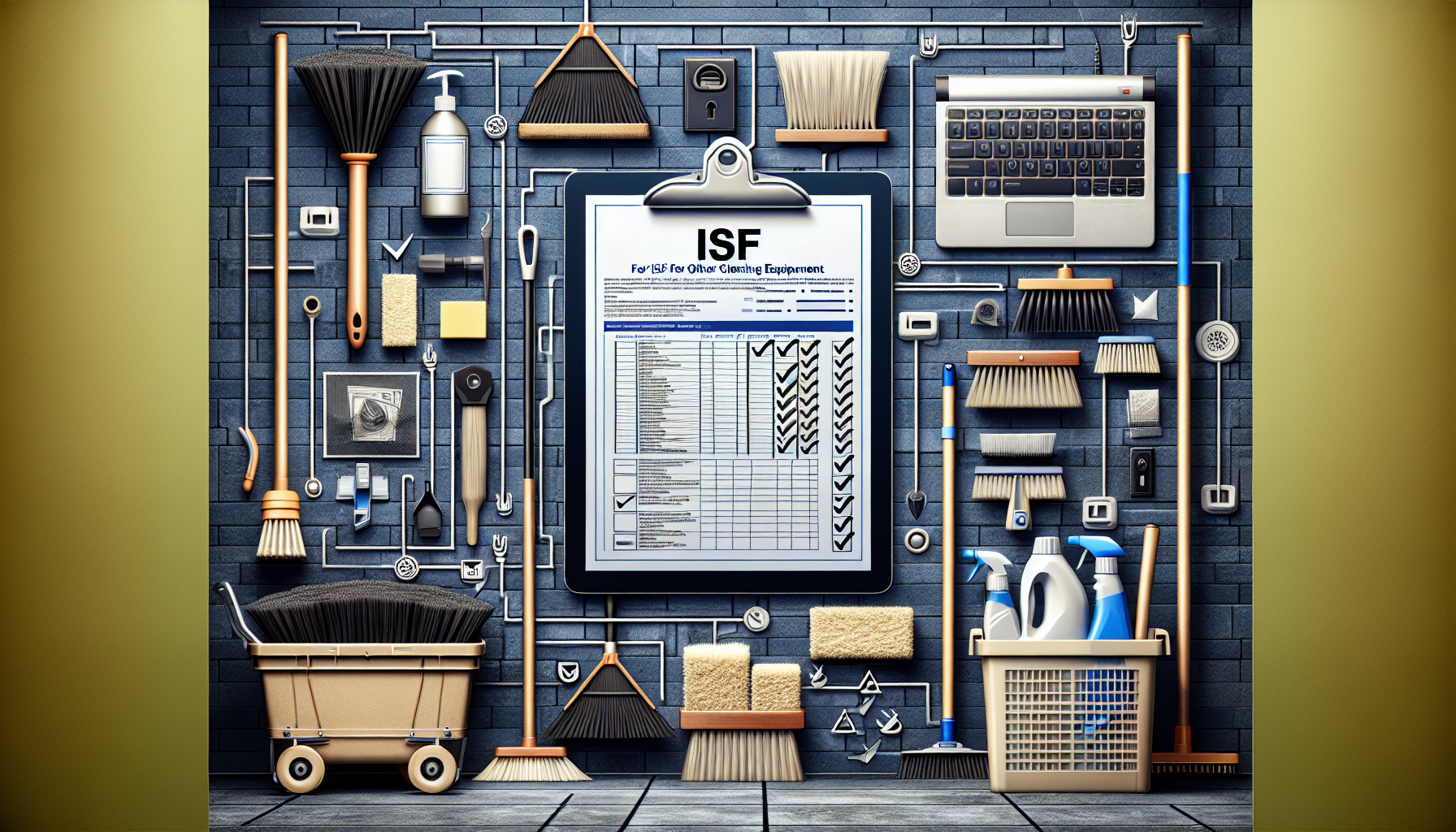
Understanding ISF for Cleaning Equipment
Before we dive into the specifics, it’s essential to grasp what ISF is and why it’s important for your cleaning equipment imports. The ISF, also known as the “10+2” filing, is a requirement set by U.S. Customs and Border Protection (CBP) to enhance security and ensure that goods entering the U.S. are properly documented.
When you’re importing cleaning equipment, accurately filing your ISF is crucial because it helps prevent delays at the port and ensures compliance with U.S. laws.
The Need for ISF in Cleaning Equipment Imports
You might be wondering, why is ISF necessary for cleaning equipment? Well, understanding the type of equipment you’re importing, along with its origin and purpose, is vital. Cleaning equipment comes in various shapes and forms—from industrial-sized vacuums to commercial-grade floor scrubbers, each may have specific requirements during the importation process.
Key Components of ISF for Cleaning Equipment
When filing your ISF, there are several key components you need to include. Let’s break them down to make it easier for you to understand.
Importer Information
The first piece of information you’ll need is your importer details. You must provide your legal business name, address, and Customs and Border Protection (CBP) assigned importer number. This information verifies your identity as the importer and establishes your responsibility for the goods.
Manufacturer and Supplier Details
Next, include the names and addresses of the manufacturers and suppliers of the cleaning equipment. This helps CBP track the origin of the equipment and ascertain compliance with safety and regulatory standards.
Description of Goods
A clear, detailed description of your cleaning equipment is also essential. You should specify the model, quantity, and harmonized tariff code (HTS code) for the equipment you’re importing. Using accurate HTS codes ensures your imports are classified correctly for duty calculations.
Country of Origin
Don’t forget to specify the country of origin for each item you’re importing. This determines the tariffs and regulations that may apply to your cleaning equipment.
Overseas Shipper Information
You’ll also need to provide details about your overseas shipper. This includes their name, address, and their contact information. Proper identification of the shipper assists customs in tracking shipments closely.
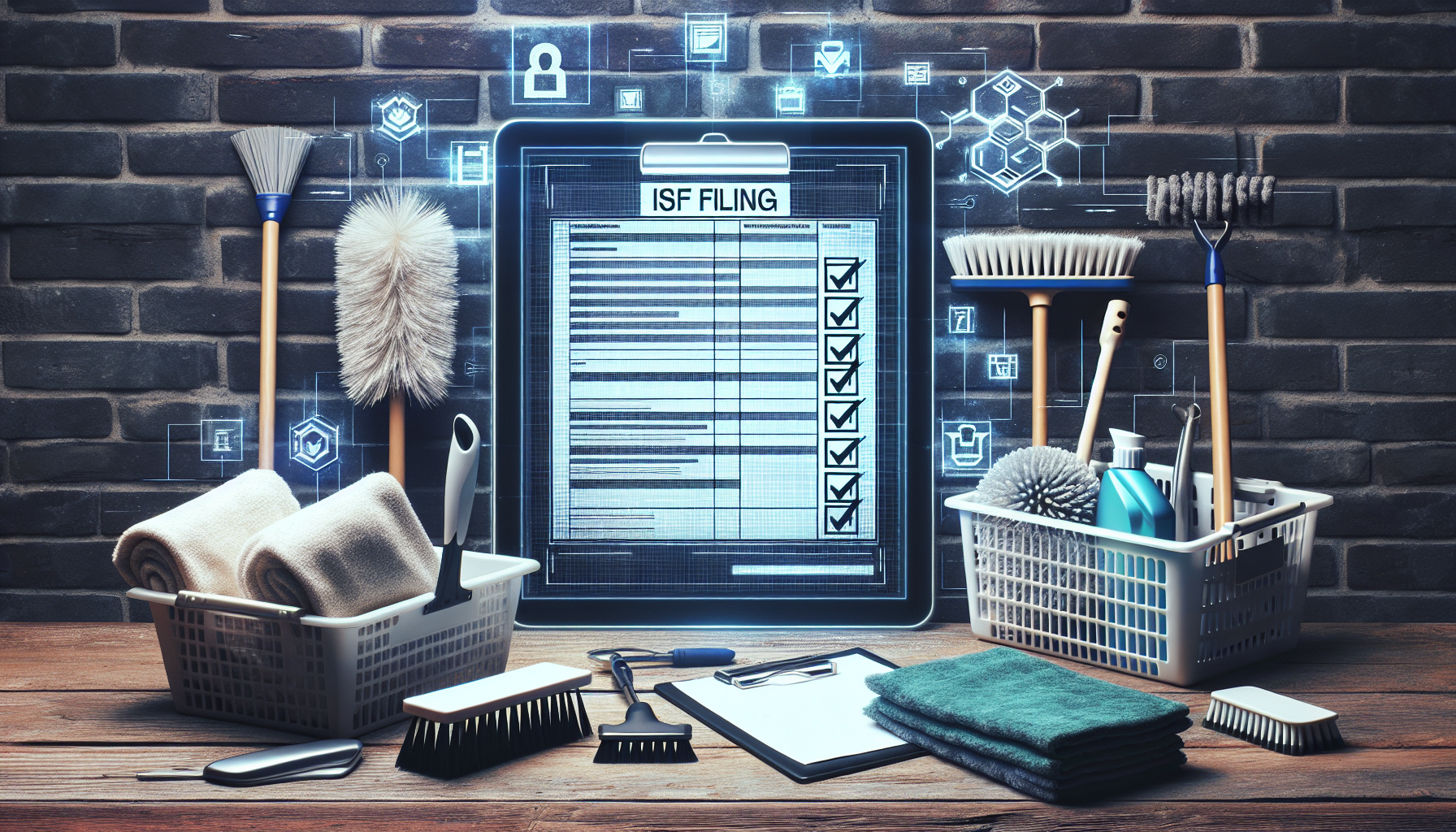
Filing ISF for Other Cleaning Equipment
Now that you have an understanding of the key components necessary for filing ISF for other cleaning equipment, let’s explore the process step by step.
Step 1: Gather Necessary Information
Before you even begin the filing process, gather all relevant information regarding your cleaning equipment. This includes import documents, manufacturer details, and shipping contracts. Being organized will make the filing process much smoother.
Step 2: Choose Your Filing Method
You have a couple of options for filing your ISF. You can file it directly through CBP’s Automated Commercial Environment (ACE) or use a third-party service provider who specializes in ISF filing. If you’re unsure about navigating the system, third-party services can simplify the process significantly.
Step 3: Complete the Filing
Once you’ve chosen your filing method, it’s time to complete your ISF. Fill in all the necessary fields with accurate information regarding your cleaning equipment, ensuring that all details align with your documentation.
Step 4: Submit and Monitor
After all information is filled out, submit your ISF at least 24 hours before your container is loaded onto the vessel. It’s crucial to monitor your ISF submission and confirm that it has been accepted by CBP. Keeping communication open with your shipping partners can help you stay updated on any issues.
Common Issues When Filing ISF
Sometimes, even the best-laid plans can encounter bumps in the road. Here are some common issues you might face when filing ISF for your cleaning equipment:
Inaccurate Information
One of the most significant issues that can arise is providing inaccurate or incomplete information. It’s essential to double-check all details before submission. Missing information can lead to delays or, worse, a hold on your shipment.
Late Submissions
If you miss the 24-hour window for submitting your ISF, you may face penalties, and your shipment could be delayed. Always make sure to plan your filing to avoid rushing at the last minute.
Changes in Shipment Details
If there are any changes in shipment details after filing your ISF, you must amend your filing immediately. Failure to do so can lead to complications upon arrival in the U.S.
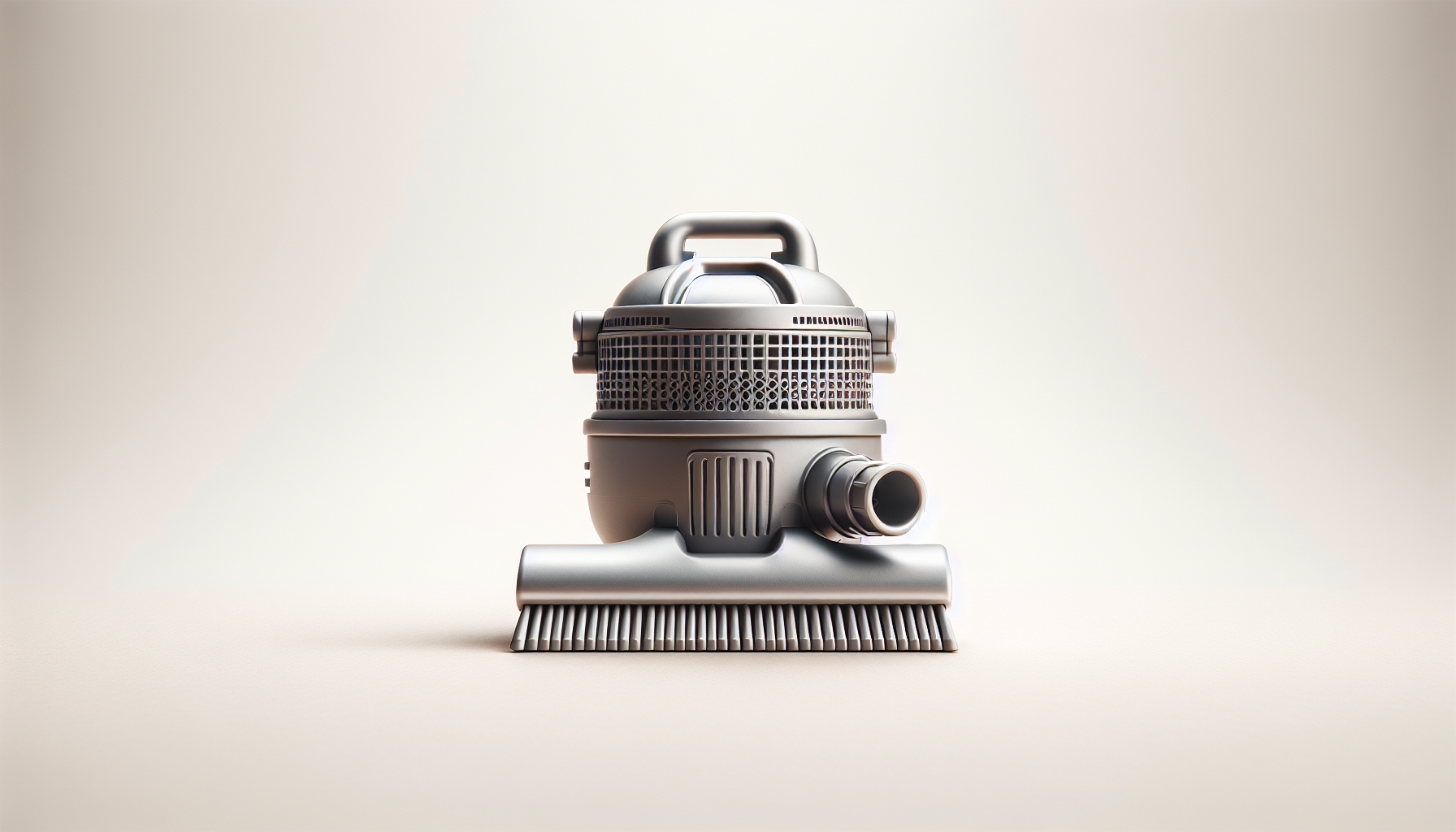
Call to Action
Filing ISF can be a complex process. To aid you, we offer ISF 10+2 Filing services designed to simplify this task for you. Reach out today to ensure compliance and a smooth import process for your cleaning equipment.
Importance of Tracking Your ISF
Monitoring your ISF status doesn’t just facilitate the importation process; it can also help in avoiding unnecessary expenses. If you know where your shipment stands, you can address potential issues proactively. Keeping good records and monitoring your submissions will provide peace of mind, knowing that everything is in order.
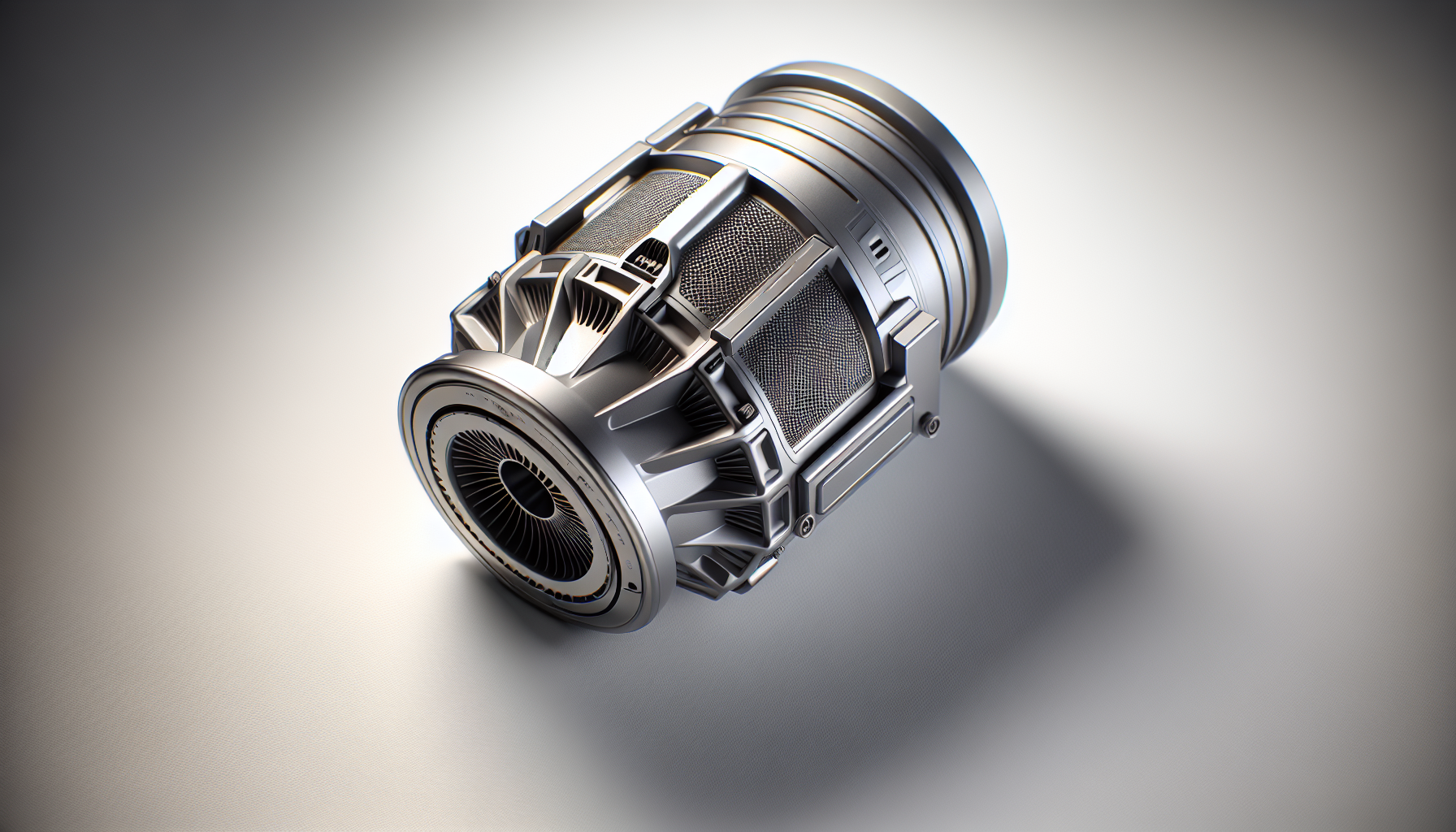
Frequently Asked Questions
You might still have some questions on your mind. Here are some frequently asked queries regarding the ISF process for cleaning equipment.
What is the Deadline for ISF Filing?
You need to file your ISF at least 24 hours before your cargo is loaded onto the vessel. This ensures that your information is processed and any flags can be raised before shipment.
What Are the Consequences of Not Filing an ISF?
If you fail to file an ISF, your shipment may be delayed, and you could incur additional fees. In worst-case scenarios, your shipment could be denied entry into the U.S.
Can I Amend My ISF After Submission?
Yes, if you discover incorrect information after submission, it’s crucial to file an amendment to your ISF as soon as possible. This can help avoid confusion when your equipment arrives.
Entry Filing for Your Cleaning Equipment
After successfully filing your ISF, the next step is entry filing. This is a required procedure that entails submitting complex documentation to customs officials upon your goods’ arrival in the U.S. Entry filing includes detailed declarations, proof of payments for duties and taxes, and other necessary records.
It can be beneficial to work with a professional to ensure you’re meeting all legal requirements for entry filing, thus avoiding costly mistakes or delays.
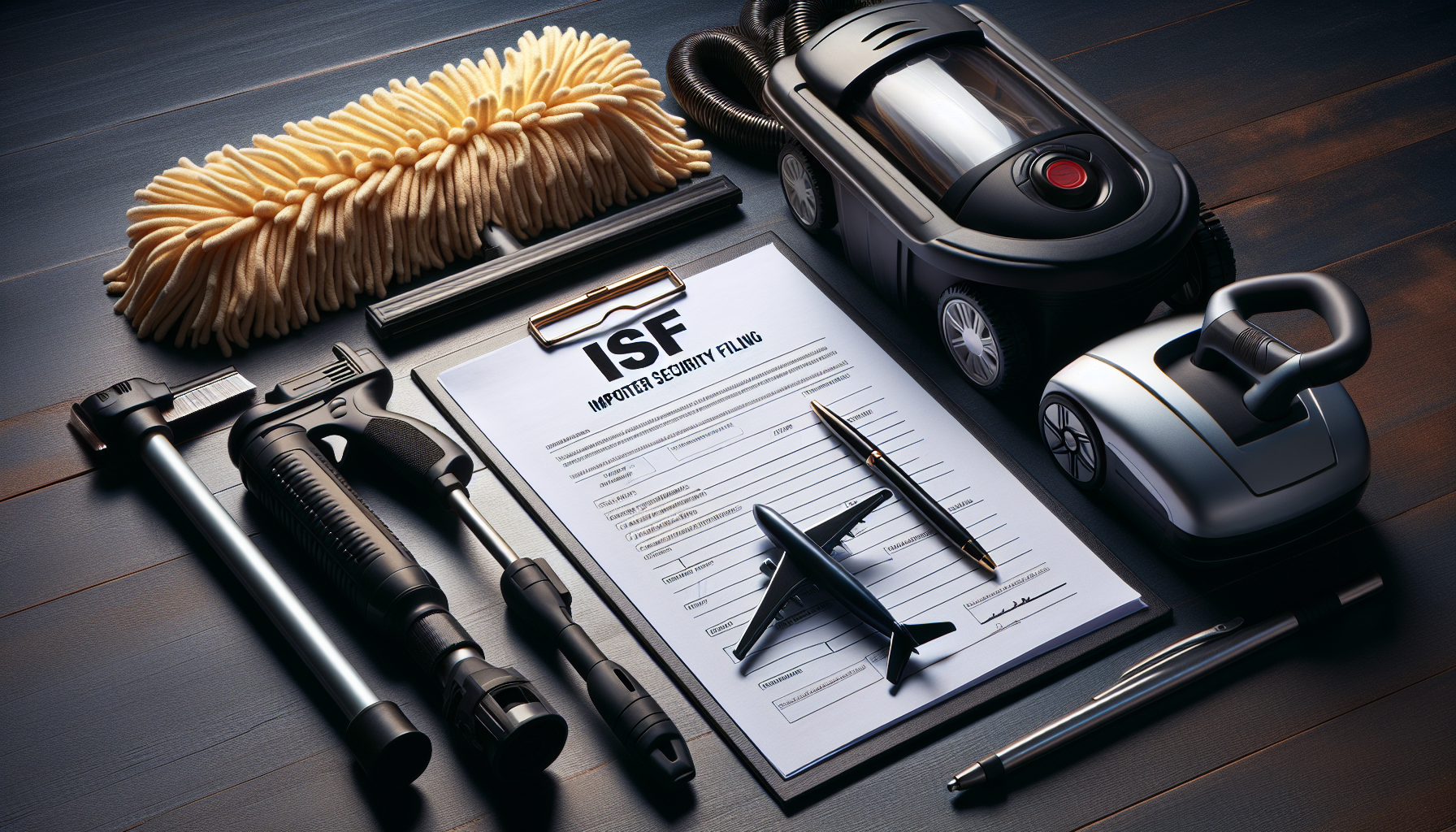
Call to Action
Want assistance with your Entry Filing? Don’t hesitate to reach out for professional support to make the process easier!
The Role of U.S. Customs Bond
You might also be wondering about U.S. Customs Bonds. When importing goods, a customs bond is essentially a contract between three parties: you (the importer), a surety company, and U.S. Customs and Border Protection (CBP). It acts as insurance to guarantee payment of duties, taxes, and any penalties that might arise during the import process.
Having a U.S. Customs Bond can be crucial for streamlining your importation process, especially if you’re bringing in considerable quantities or various types of cleaning equipment.
Types of Customs Bonds
There are two primary types of customs bonds:
-
Single Entry Bond: This type is used for one-time imports. If you are importing cleaning equipment occasionally, this may be tailored to your needs.
-
Continuous Bond: If you regularly import goods, a continuous bond might be more beneficial. This bond covers an entire year’s worth of imports, saving you time and money in the long run.
Call to Action
Looking to secure a U.S. Customs Bond for your cleaning equipment import? Our specialists are here to assist you every step of the way!
Final Preparations Before Arrival
Before your shipment arrives, ensure that all import documentation is in order. This includes your ISF, entry filing, and proof of your customs bond, if applicable. Having everything documented correctly and ready for customs will expedite the process upon your shipment’s arrival.
Additionally, prepare for any inspections that may occur at the port. Depending on the type of cleaning equipment, there might be specific regulations that need to be verified before clearance, such as safety standards or environmental compliance.
Conclusion
Successfully filing your ISF for other cleaning equipment requires attention to detail and a solid understanding of import regulations. By following the steps outlined above and staying organized, you can navigate the process smoothly.
Managing import tasks can be challenging, but you don’t have to do it alone. If you need help at any point, please remember:
“Call For Free ISF or Entry Filing Consultation.” With the right support, you can turn potential headaches into streamlined processes and make your experience an easy one!

